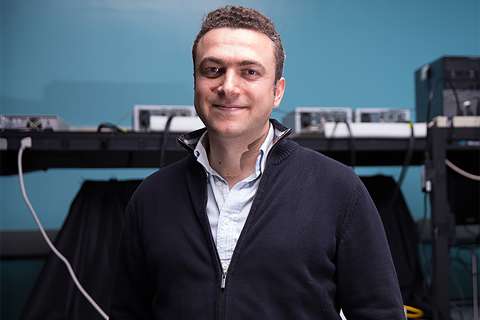Non-small cell lung cancer is a common cancer for both men and women. Many people who are diagnosed with this type of cancer are not candidates for surgery due to heart disease from a history of tobacco use. For these patients who cannot have surgery, stereotactic body radiation therapy or stereotactic ablative radio therapy is a safe, effective and convenient treatment. Over the years, several published dose guidelines for this radiation treatment have been used by physicians. But a common dose schedule has not previously existed.
In a new study published in the International Journal of Radiation Oncology, Biology, Physics, 160 articles about the usage of stereotactic body radiation or stereotactic ablative radio therapy were evaluated to determine the optimal dose to treat this cancer. The results of this study outline the recommended dose.
In addition, the summary of the articles outlines best practices so that radiation oncologists can best deliver stereotactic body radiation or stereotactic ablative radio therapy. This includes how to set the patient up for treatment, the use of imaging, the types of radiation delivery machine recommended, follow-ups with patients after treatment, and a summary of expected outcomes from the treatments.
“This was a four-year project and a portion of a larger study called the Hypofractionation Treatment Effects in the Clinic or HyTEC,” said Dr. Percy Lee, the study’s first author and a member of the UCLA Jonsson Comprehensive Cancer Center. “In the coming year when all the studies are published in the International Journal of Radiation Oncology, radiation oncologists will have a better understanding of the optimal dose required to treat a patient’s cancer from head to toe. This is because the guidelines will take into consideration a tumor’s size, location, neighboring healthy organs and the dose the patient can tolerate.”
Researchers presented this study at the American Association of Physicists in Medicine Annual Meeting in 2014; at the American Society for Radiation Oncology’s 57th Annual Meeting Annual Meeting in 2015; and at the 2019 Radiosurgical Society Annual Meeting.
Dr. Lee’s disclosures include: Viewray Inc.; research grant, consultant, speaking honorarium; Varian Inc.: consultant, speaking honorarium; AstraZeneca Inc.; research grant, consultant, advisory board member, speaking honorarium.



